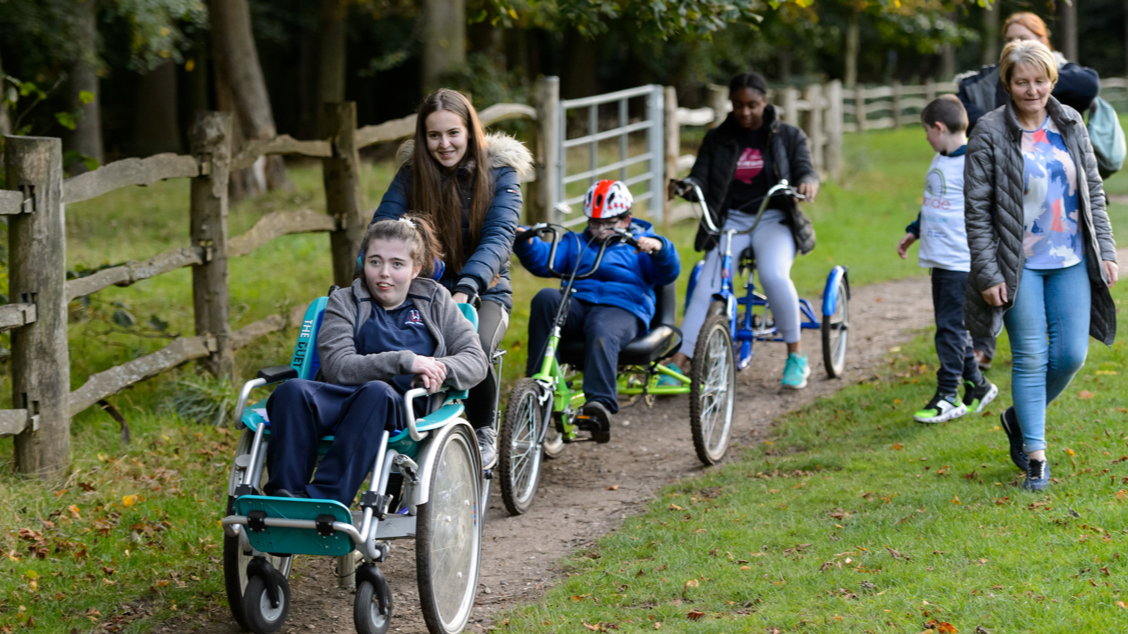Timeline
A shortlisting meeting should take no longer than a few hours, but you should allow Panel Members to review candidate applications in advance.
Inclusive recruitment
When the Nominations Committee meet as group and before beginning the shortlisting process, it is important to have a refresher on:
- What are you looking to achieve organisationally with this board appointment?
- What skills, experience, independence and diversity is required on the Board
- Your defined criteria as set out in your job description. This should focus on 2 or 3 areas of experience that no one else on the board can provide.
As Chair of the Nominations Committee, you should encourage the Committee to focus on candidates’ transferable skills and experiences.
They should also ensure the committee is considering bias as they assess and select candidates. This could be conscious, explicit biases or unconscious, implicit biases.
They should also support positive action when the Committee is split over the suitability of a candidate from a protected characteristic under-represented in the organisation

Recruitment in action
Review each candidate individually and allow each member of the Committee to comment on each candidate:
- Quickly exclude unsuitable candidates
- Focus your time in the meeting on those candidates with the skills you need
- Agree how many candidates you wish to interview (consider a number between 4 and 6) to give diversity and choice within the candidate field
- As well as contacting the successful candidates to let them know they are being invited to interview do also contact the unsuccessful candidates and provide feedback to them
In the past we have struggled to attract candidates with diverse backgrounds but working with you and Perrett Laver has extended our reach and I hope made us a more attractive proposition to a wider candidate pool
Measuring success
When you get to the shortlisting stage, it’s important to have a clear and agreed view of what the selection committee is looking for and assessing. This means using agreed criteria for selection, and also being clear and consistent around the reason for not progressing candidates. This can form the basis of constructive and valuable feedback for unsuccessful candidates which is a key part of a good search process.
Alongside the key criteria around skill sets, inclusive recruitment best practice involves valuing lived expertise as much as professional expertise. Actively seeking to include a range of experiences gained in different ways is an important way of including diverse experiences and backgrounds.
Expert help
If using an executive search firm ask them to provide a diverse shortlist and make it clear that their success at delivering this is a key performance indicator. When working with a partner, it is also important to be clear about what your diversity needs are, but also to establish a shared view on a wide range of diversity characteristics, both inherent and acquired. Consultants will ensure that the panel is considering, and mitigating, unconscious bias when deliberating and provide an external objective view.
A search partner will be able to advise and consult on the comparative skills of candidates, and relate this back to organisational priorities based on the stakeholder consultation. They will also handle candidate care and provide feedback for candidates who are not taken through.
